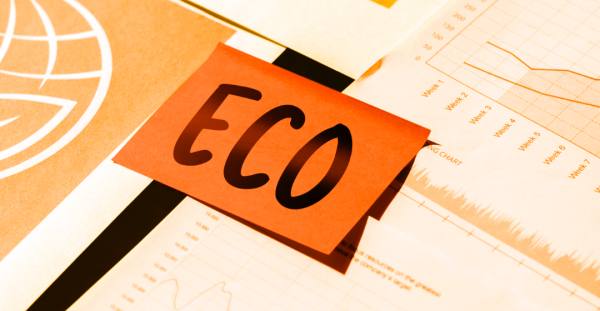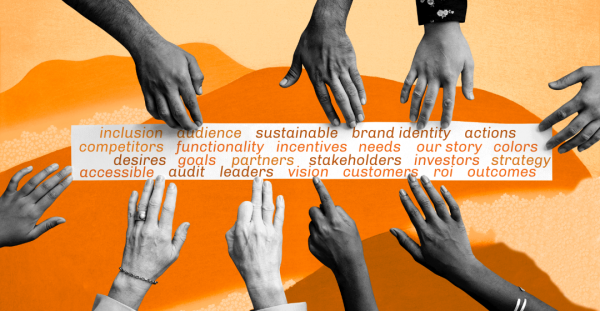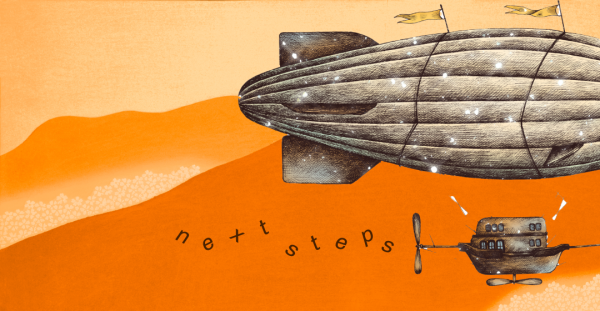Read time: 7 minutes
If you’re looking to find success in any industry, it’s so important to understand your competition.
Not doing so is a mistake.
Not only could you set your business up for failure, but you could also place yourself in legal jeopardy.
Every successful business, big or small, pays attention to their competition. But with that said, the motivation for doing so varies from business to business.
Some businesses may pay attention to competition to ensure they’re not creating a product that’s too similar (and make them liable to legal action), while others do so to determine how they can better stand out in the marketplace.
At Unity, we do the same thing, and we aren’t afraid to speak out on issues created by competitors that could negatively impact our industry.
We take this same approach to our clients, pouring in days of research and evaluation to better understand their competitors and partners.
But what exactly is this approach? And how is it different from other businesses that perform the same thing?
Ecosystem Analysis 101

Our Ecosystem Analysis process is pretty similar to the competitor research that many marketing professionals perform:
Learn and understand more about your competitors.
When we’re performing this analysis for our clients, we’re looking to:
- Discover potential competitors and partners
- Identify how they’ve positioned themselves in the industry
- Locate what makes them different from everyone else
From a general perspective, this is great information to have for many businesses!
But for us, we’re approaching our analysis from a different lens.
When we perform our Ecosystem Analysis, what we pay attention to is a competitor's website and its online landscape.
(We are web developers after all.)
We have specific questions in mind coming into this process, all focused around the website design’s User Interface (UI), User Experience (UX), and Customer Experience (CX):
- Does this specific functionality actually provide value for audience members in your market?
- Is there a theme that crosses over from competitor to competitor?
- Are there things the client wants in their new website that a competitor already has in place?
We ask and document all of these questions (and much more) so that we get a stronger idea of the competition and how we can help our client stand out.
But with that said, there are some questions we ask in our analysis that draw parallels to what marketing professionals ask in their competitor research. From messaging to voice and tone, we also pay attention to these details as well so we can better guide our clients on how to best present that on their website!
How We Do It

When it comes to our Ecosystem Analysis, we approach it in three phases:
- Discover and Learn
- Research and Analyze
- Highlights and Recommendations
Discover and Learn
During our first phase, we spend a lot of time chatting with our client and performing the preliminary part of our Ecosystem Analysis.
We first spend time chatting with our clients, as they share with us who they:
- Currently are as a business
- Aspire to be in the future
- View as their direct competitors
- Admire as leaders in their industry
- See as partners to work with
We make sure to document every business listed, as we’ll return to them during our research process.
From there, we’re Google Searching all the names listed! But although we’re not evaluating all the people our client listed quite yet. At this stage, we’re scanning the search results — including paid ads — to see who else may pop up. Additionally, we’ll input key phrases and search queries related to our client’s industry to “wrangle up” any potential stragglers and ensure that we’ve found all the relevant competitors, leaders, and partners within the industry.
Basically, we take our time during this phase, as we want to make sure all of the pertinent information needed is available in our next phase.
Research and Analyze
This is what we call the “meat and potatoes” of our Ecosystem Analysis.
Yep, we’re doing research.
Lots of it.
For every competitor we documented, we go through their site and take note of:
- Navigation
- Utility Navigation
- Call to Action
- Audience
- Strength
- Weaknesses
We’ll go through each primary page to gather this information to ensure nothing is missed!
Now what we find on each site we’ll be different, and that all depends on how that business has their website set up. Some businesses may have a very strong data presentation, while others create powerful, engaging, and consistent content.
Although we have our guidelines for what to notate, we still pay attention to functionality, content, visuals, and more, as those could be important pieces of inspiration and information for our client!
After we’ve gone through every site we outlined during our client kickoff meeting, we then set up a sliding scale based on five factors:
- Messaging
- Voice/Tone
- Style
- Navigation
- Structure
For example, for “Messaging,” we typically set “Story-Focused” on one side of the scale and “Fact-Focused” on the other. Depending on what we gathered about a specific competitor, partner, or industry leader, we may place them closer to one or the other, or just put them right in the middle!

Setting these sliding scales allows us to visually showcase to our clients how each business listed is positioned, and how they want to position themselves within that scale!
But along with our sliding scales, we also create a “Highlights” section that puts focus on specific websites that we felt did one thing particularly well.
These highlights differ based on the industry our client services, but some examples of this include:
- Best site search
- Best data integration
- Best functionality
- Best overall
This gives our client our viewpoint on who stuck out the most in regards to the website elements they care about and what they need to do to carve out their specific online identity.
And once we have all of this information together, we put together a “Recommendations” list that tells our client what we think is the best path forward in regards to their website design. At this stage in the process, we’re assessing our client’s current identity, their goals, and what we’ve seen from their industry and creating five or six points of recommendation to help them reach their website goals.
Like much of this process, our recommendations are specifically tailored to the client and the goals they have for their website, so we’ll never have the same set of recommendations for a client.
Everything is always built from the ground up, so we can provide them with the most custom-built solution for their needs.
Highlights and Recommendations
Our final phase — and what we consider the “fun part” — is us simply presenting our results to our clients, beginning discussion around our findings, and providing our research as a deliverable for future reference.
At this point, our big focal point around this phase is discussion. We want to hear what our clients are thinking regarding our research.
While some clients are happy to roll with our suggestions, there are others who may have questions and even some objections to what we found.
For us, that’s great!
We want our clients to share their thoughts on their industry. This time allows us to understand what they may or may not be looking for in a website and sets the framework for their project.
We love these types of discussions, and some of our best projects were born out of the discussions that come out of this phase.
What Comes Next?

Once we’ve finished our Ecosystem Analysis and received thoughts and feedback from our client, we begin our project work!
We’ll continue with the custom-designed project agenda we mapped out for the client earlier in the project process.
And with our Ecosystem Analysis research in hand, we'll be able to craft a website that allows our clients to set a "stake" in the ground within their industry's online marketplace...
...while helping them stand out from the rest.
(All while maintaining the highest levels of web accessibility, of course).
Interested in learning more about your industry's online footprint?
Want to get your site redesigned based on what’s going on in your industry and "stick out" from the crowd?
Let us help you and your business build a website that captures your audience and showcases what makes you different from your industry.
As part of our Custom Web Development service, our Ecosystem Analysis can help you:
- Better understand your business and website goals.
- Learn what competing sites are succeeding in your industry.
- Understand the parallels between strong sites in your market, and how you can use that to your advantage.
Using that info, we can help build a website that will help you stand out and flourish, ensuring your online users know and love your mission, vision, and story.

